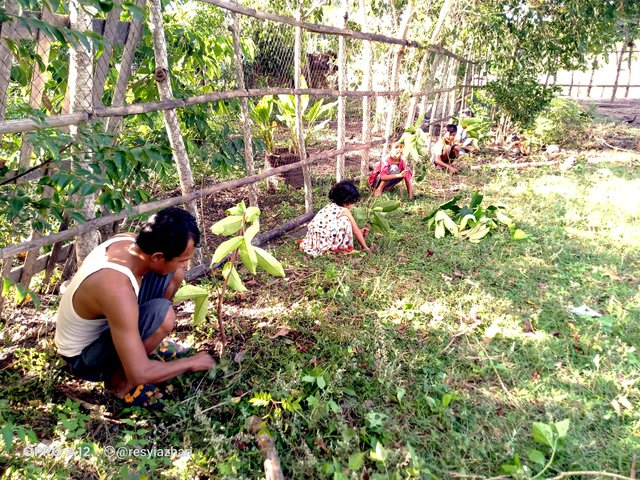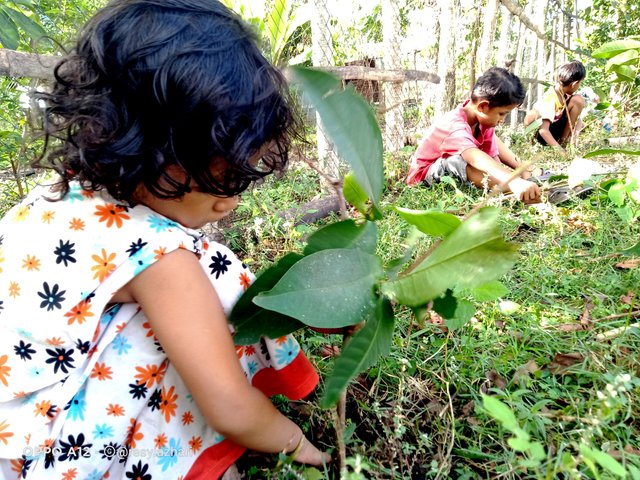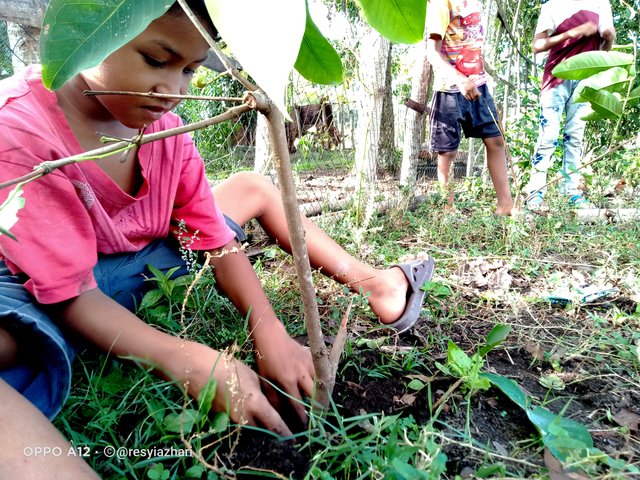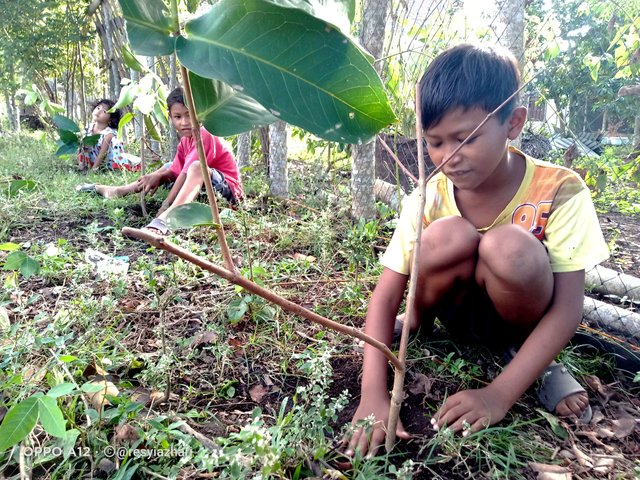Earth is a habitat and a place to live for various living things in the world, including humans. However, the earth is increasing day by day due to global warming.
As we have seen, global warming is a global phenomenon triggered by human activities, especially those related to the use of fossil materials and land use change activities. This activity produces more and more gases in the atmosphere, especially carbon dioxide (CO2) through a process that has a greenhouse effect.
The greenhouse effect is a term that is quite closely related to global interactions. Called the greenhouse effect because of an increase in the earth's temperature due to heat trapped in the earth's atmosphere. The process is similar to a greenhouse that works to keep the plants warm inside the plant.
What are the impacts of global warming?
It was explained earlier that global warming will increase the temperature on the earth's surface. The increasing temperature of the earth can cause various adverse impacts on the environment and other ecosystems due to global climate change.
One example of the impact of global warming is the melting of glaciers and polar ice caps. This will result in rising sea levels and make some areas submerged in sea water.
Examples of other adverse effects of global warming include high rainfall, crop failure, coral reefs, various species, to the depletion of the ozone layer in the earth's atmosphere.
What causes global warming?
Above the earth's surface, the greenhouse effect can also occur. This can happen because as much as 25% of solar energy that enters the earth is reflected by clouds or other particles in the atmosphere, 25% is absorbed by clouds, 45% is absorbed by the earth's surface, and another 5% is reflected back by the earth's surface.
Solar energy that has been absorbed will be reflected back in the form of infrared radiation by clouds and also the earth's surface. However, the reflected energy can be blocked by carbon dioxide (CO2) and other gases in the Earth's atmosphere. The amount of CO2 in the air is one of the factors causing global warming.
Actually, CO2 is needed and will be absorbed by plants to carry out the process of photosynthesis. However, due to the depletion of forests and green lands, CO2 in the atmosphere is out of control. Other global warming factors are the gas industry, fuel pollution, and methane gas produced from plastic waste.
Here are six things that can cause the Greenhouse Effect by humans:
Transportation
In everyday life, everyone is accustomed to moving from one place to another with close or far distances using fossil-fueled vehicles. When these fossil fuels supply heat and power the engine, the engine will release carbon and other pollutants. So the quality of air and water will decrease.
Things like this happen every day in various types of transportation (air, sea and air), carried out by millions of people in the world simultaneously. This motor vehicle effect then accumulates and traps heat in the atmosphere.
Industrial Activities
Industrial activities are the starting point for the massive increase in temperature from year to year. The shift from an agriculture-based economy to an industrial one in various parts of the world contributed to a large number of increases in global warming.
The carbon content produced by industrial activities is 412 parts per million in the last 150 years. Carbon dioxide, methane and nitrogen oxides have caused the earth's temperature to rise over the last 50 years.
Deforestation
Originally forests covered a third of the earth's land area and kept our environment healthy. Forests function to absorb and trap carbon dioxide which ultimately prevents it from being trapped in the atmosphere. In addition, the forest also functions as a regulator of the water cycle and reduces the risk of flooding and landslides.
Land clearing by burning for industrial and residential areas also causes a greenhouse effect and reduces the number of trees that should be able to absorb carbon dioxide. Deforestation also threatens the balance of the ecosystem because many living things that inhabit the forest have lost their homes.
Excessive Electricity Usage
Power generation, which is a basic human need, also has a major global impact on climate change. All power plants have varying impacts on air, water and soil conditions.
Producing electricity requires fuel which then releases various gases such as carbon dioxide. This carbon dioxide will then cause the greenhouse effect. So that everyone actually produces a carbon footprint that contributes to global warming.
Livestock Production
Although rarely campaigned, livestock also contributes to increasing global warming in various ways. Caring for livestock in large numbers such as livestock, produces a huge amount of waste where the waste produces methane.
Methane is a greenhouse gas. Where it can trap heat in the atmosphere. Methane is emitted during coal, natural gas and oil production activities. The decomposition of organic waste in various places also contributes a large amount of methane.
This is also inseparable from the consumption of meat and dairy products which will continue to grow many times over until 2050. Human food waste that is wasted and becomes garbage will also produce methane. Indonesia is the second largest country in the world that produces food waste.
Consumptive behaviour
Humans have a consumptive nature to meet various needs of life. However, the excessive nature of consuming an item also has a negative impact on the environment. This is because the use of energy to produce these products and keep them usable requires a very large amount of energy. Where the energy includes the use of electricity and coal.
So, how can we tackle global warming?
There are various ways to deal with this longstanding problem. One of them is to reduce the use of fossil fuels such as oil and coal. The reason, fossil fuels are the biggest cause of high levels of CO2 on earth.
Another way is to do reforestation, which is the process of replanting forests that have been cut down and increasing green land. That way, CO2 will be absorbed by plants and reduce the impact of global warming.
Finally, we can reduce the use of plastic to avoid piles of plastic waste that can produce methane gas. In addition, plastic waste will be difficult to decompose by the environment. Start switching to materials that are more biodegradable.
Today I invite my children to plant trees in the garden behind my house. While planting the tree I explained to my children about global warming. To keep the children interested, I also asked to take care of the trees they each planted. I also asked them to name their tree after their favorite name. In addition, I also told how in the future if the tree grows and bears fruit.
Here are the tree planting activities that I do with my children:









Good work ☺️best of lucks🤗
Downvoting a post can decrease pending rewards and make it less visible. Common reasons:
Submit